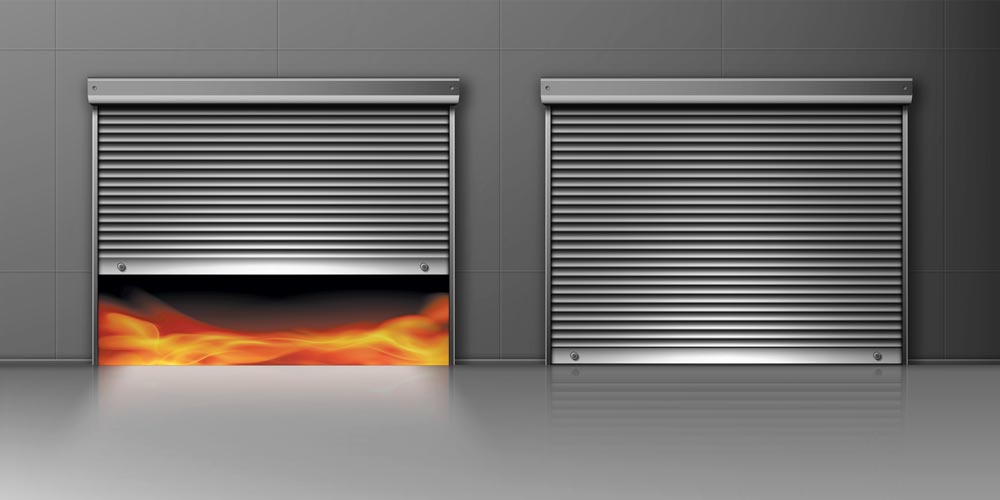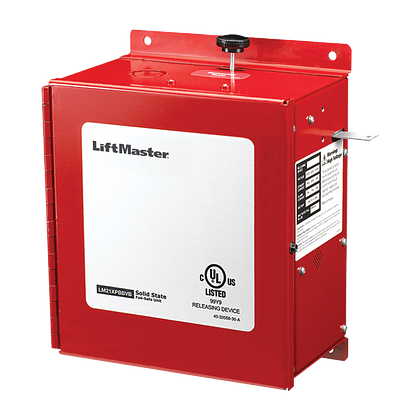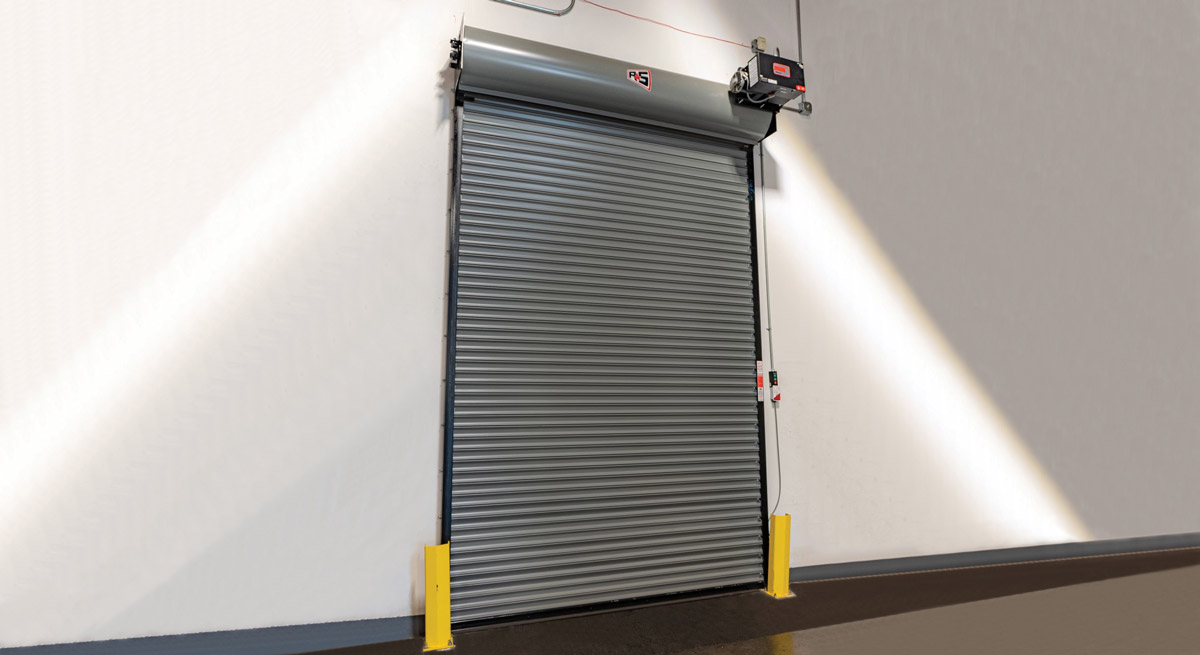
Commercial Fire Doors Ensure Safety and Protection
When it comes to safeguarding businesses and properties from the devastating effects of fires, commercial fire doors are vital. These specialized doors are engineered to resist the spread of fire, smoke, and heat, providing crucial time for occupants to evacuate safely and for firefighters to contain the blaze.
Fire Doors are designed to close automatically from a fully open position – activation of the door in the down position may cause damage. Fire Doors are not designed for use in high cycle applications – a secondary nonrated door is recommended in those situations. Acceptance of the listing for variations in wall construction should be verified with the building authority having jurisdiction.
Commercial fire doors are specifically designed to compartmentalize fires within a building, limiting their progression and reducing the risk of structural damage. Counter fire doors combine the features of a traditional fire door with the compact design of a counter door, available in primed steel or stainless steel. They are engineered to withstand the intense heat produced during a fire, thus slowing down its spread. These fire doors prevent the passage of smoke and flames from one area to another, protecting both lives and property.
Components of Commercial Fire Doors
Fire-resistant Core: The core of a commercial fire door is typically made from fire-resistant materials such as gypsum, steel, or vermiculite board. This core is responsible for providing the door’s fire-resistant properties.
Fire-rated Glass: Some commercial fire doors come with fire-rated glass, allowing visibility while maintaining fire resistance. Fire-rated glass is specially treated to withstand the heat of a fire for a specified duration.
Intumescent Seals: These seals are fitted around the edges of the door and expand when exposed to heat, creating a barrier that restricts the passage of smoke and flames.
Heavy-duty Hinges and Closers: Commercial fire doors require strong hinges and closers to ensure they close automatically and securely, preventing the spread of fire even when not manually closed.
Latching Mechanism: A reliable latching system is crucial for keeping the door shut during a fire. This prevents the fire from spreading through gaps in the doorway.
Fail Safe Release Devices

Fail safe release devices offer the features of a standalone fire alarm system. These devices come complete with internal battery backup to cater to power outage-prone installations or cases where the existing alarm system cannot support the door release mechanism. With internal battery backup, the release device operates independently during power outages, ensuring uninterrupted functionality.
Compliance with Safety Standards
To ensure the effectiveness of commercial fire doors, they must meet various safety standards and regulations. In many counties, fire doors must undergo rigorous testing to obtain fire resistance ratings. These ratings are expressed in minutes and indicate the duration for which the door can withstand fire exposure.
It is crucial for business owners, architects, and contractors to choose fire doors with the appropriate fire rating for the intended application. Using doors with lower fire ratings than required can result in catastrophic consequences during a fire emergency.
When you want the best, Call R&S
Servicing San Diego, Chula Vista, Oceanside, Escondido, Carlsbad and surrounding areas.

